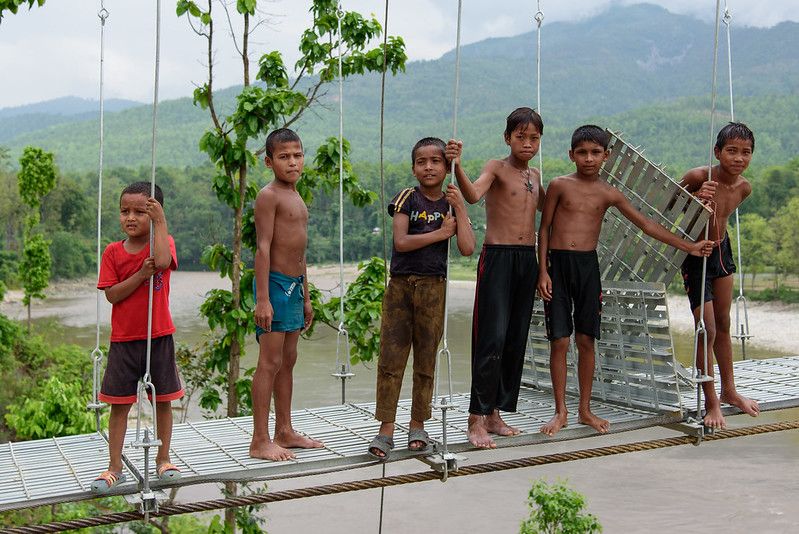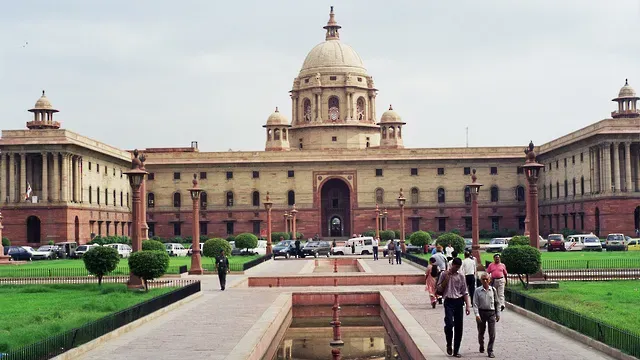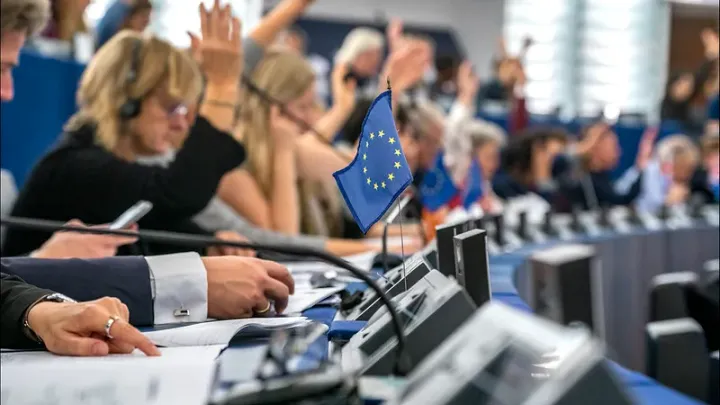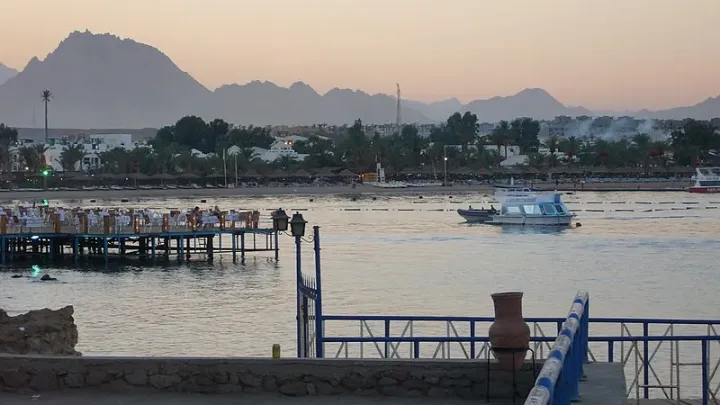The IPCC has spoken. What now?

Dear readers, welcome to today’s edition of Lights On, a newsletter that brings you the key stories and exclusive intel on energy and climate change in South Asia.
I hope you'll like the new look of the homepage, which is still a work in progress! From today, I have suspended all payment collections and I am making this newsletter free for all - my gratitude goes to the supporters who generously donated for nearly three years.
Lights On's business model has evolved, and I hope to be able to share more very soon, but for now, you can continue to support the newsletter by sharing it with your colleagues and inviting them to subscribe. You can share a link using the button below or forward this email directly. It takes a minute but it makes a big difference.
The most ambitious climate goal of keeping global temperatures within 1.5°C above pre-industrial levels is slipping through our fingers.
Global emissions are not declining fast enough: even in a best case scenario in which carbon is drastically reduced, it’s more likely than not that the threshold will be breached by 2040, according to the scientists of the UN climate change panel, the IPCC.
With its latest report out earlier this week, the group closed a seven-year assessment cycle of the most up-to-date climate literature. During this time it has published work focused on different aspects of the challenge, including environmental impacts, mitigation, adaptation and the feasibility of the 1.5°C goal. The new AR6 Synthesis Report reiterates the urgency of acting on climate, both by abating emissions and adapting to impacts that can’t be avoided. But this time it also places an emphasis on loss and damage from impacts that cannot be adapted to - think about the floods that killed thousands in Pakistan in the summer of 2022. It adds that some forms of "maladaptation" are on the rise, and tackle short term crises only to exacerbate others in the long term.

In a press conference, Dipak Dasgupta, distinguished fellow with The Energy Resources Institute in Delhi, said that “the expectation is that we will hit 1.5°C sometime in the 2030s”. But while politically significant, the threshold remains an arbitrary point along an incremental risk progression. “We have to try limiting every slight increase in global warming,” Dasgupta said. “Every additional warming will have non-linear compounding effects, or adverse events, throughout the world, especially concentrated in [vulnerable] areas that unfortunately include India.”
South Asia, home to the world’s third largest reservoir of snow and ice, and with its densely populated coasts, is a hotspot of climate vulnerability, exacerbated by lack of infrastructure and poverty.
Reducing climate risks in the region is imperative to more than one and a half billion people, but it comes with a host of complexities that go well beyond replacing coal plants with solar panels or planting trees. Poorer countries are simply less equipped for a deep and rapid energy transition, partially because their fossil fuel infrastructure is often extensive and young, carrying greater risk to the economy if it becomes stranded. They are also less resilient, because their communities often lack the financial resources to adapt to sudden changes such as loss of housing due to a cyclone or failed harvests due to drought.
The IPCC lays out a series of conditions necessary for the climate resilient development of emerging economies - which include more finance but also inclusive governance and systemic reforms that address multiple sectors at the same time.
But how do these general principles translate into South Asia’s reality? When global headlines say “climate action”, what does this really mean on the ground? Lights On asked experts from the region to weigh in on the top political priorities, now that the scientists have spoken.
India
The increased risk of heatwaves, which features prominently in the Synthesis Report, reinforces the urgent need for heat action plans in India, says Aditya Valiathan Pillai, associate fellow at the think tank Centre for Policy Research in Delhi. “Specifically, we need to make sure that these plans are independently evaluated, publicly accessible and sufficiently financed. Without this, we will likely continue to see large-scale loss of life and a major drag on Indian economic productivity,” he says.
“The report notes that adaptation processes are fragmented, designed to address a single sector at a time, and unequally distributed across regions,” Pillai adds. “This is true of India, where adaptation actions are not always designed around local, social and climatological realities, and are scattered across several dozen policy documents for each locality.” India needs to improve its adaptation strategy by embedding more science in sectoral policies such as water, agriculture, urban design, and infrastructure, he says. “It should find ways of funding these actions and a way of expanding climate capacity in the states and local government, particularly through links with empowered civil society.”
Across the region and globally, Pillai says, we can expect the race to a low-carbon future to drive economic competition among countries. At stake is who gets to export high-value technologies as the rest of the world strives to meet global climate commitments. “For India to navigate this, and its many adaptation challenges, it needs to reinforce its institutional structure by creating a firmer foundation for strategy making and coordination,” he notes. “India's PM's Council on Climate Change has not met since 2015 and its high-powered bureaucratic implementation committee has met less than a handful of times in recent years. Climate change is fundamentally about meeting unpredictability with robust systems; India needs firmer institutional foundations in the climate age.”
Pakistan
In Pakistan, says Syed Salman Tariq, energy expert and chief executive of the sustainability retail firm Davaam in Karachi, “the climate challenge and the solutions need to be looked at within [the country’s broader economic] situation. Currently we are struggling to survive with inflation over 30 percent and deteriorating exchange rate, and an increase in fossil fuel [usage].” The country’s biggest problem, he says, is its reliance on imported energy. “One of the foremost solutions offered in the IPCC report within the energy sector is solar, and yet solar and wind make up for less than 5 percent of the energy mix.”
Pakistan has recently opened up its electricity market so the consumer can purchase power at a more competitive price, and there has been an exponential growth in the solar sector in the last five years, Tariq says. “But we are nowhere near where we need to be”.
The IPCC Synthesis Report also mentions energy efficiency as an important solution for sustainable infrastructure, but in Pakistan “we haven't done anything on that. We all use inefficient appliances and whatever limited energy we produce we waste it,” says Tariq. “These are major issues for which the private sector can play a part immediately.”
“The housing sector consumes a considerable amount of energy,” says Nabeel Siddiqui, CEO of Modulus Tech, which produces modular, low carbon houses. “In Pakistan, the residential sector consumes 45.9% of total energy. With the current shortage of 10 million homes across the country, a green building code that increases energy efficiency of all new homes could help save billions down the line.”
Nepal
Ajaya Dixit, founder and advisor for the research non-profit Institute for Social and Environmental Transition - Nepal (ISET-N), points out that South Asia already faces poverty, geopolitical rivalry and interstate disputes, and changes in regional climate dynamics will only exacerbate these existing challenges.
“When it comes to governance, the IPCC says with ‘high confidence’ that ‘clear goals, coordination across multiple policy domains, and inclusive governance processes facilitate effective climate action.’ But while Nepal has a multitude of public policies, their implementation is ad-hoc and ineffective,” Dixit says. “Policies are framed and revised without looking at the ground evidence and without the participation of a wide group of stakeholders, particularly those at the margins.”
Their design, he says, is siloed and poorly harmonised across sectors. “For example, while the government requires Initial Environmental Examinations (lEEs) and Environmental Impact Assessments (EIA) as key instruments in the design and implementation of new projects, these evaluations often end up being a mere formality.” In this context, he concludes, policies remain inadequate to address the climate challenge and the new adaptation needs that come with it, a problem not unique to Nepal but which affects other South Asian nations too.
That’s all for today! If you like what you read, please share this newsletter with a friend or two, and invite them to subscribe!



